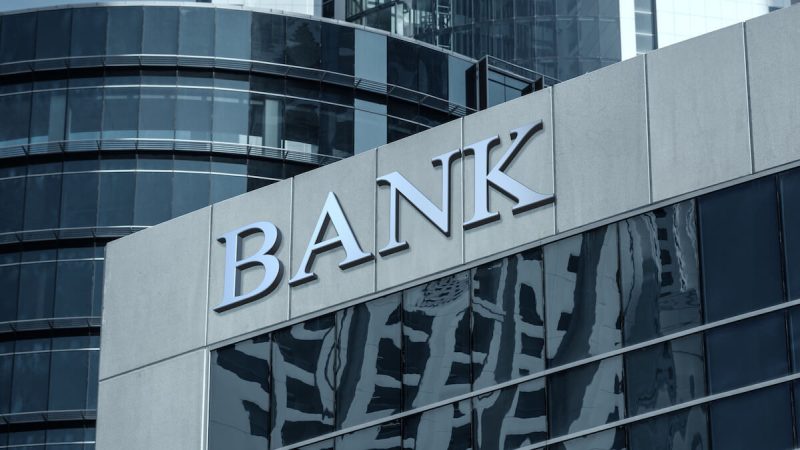The Current State of the Banking System: Signs of Potential Systemic Implosion
The global banking system is the backbone of economic activity, facilitating transactions, lending, and financial services essential for a functioning economy. However, recent trends and indicators suggest that the banking system may be on the verge of a potential systemic implosion. Here are the key factors to look out for in assessing the health and stability of the banking system.
1. Rising Non-Performing Loans and Losses
One of the critical indicators of stress in the banking system is the level of non-performing loans (NPLs) and loan losses. When borrowers default on loans or are unable to service their debt obligations, banks incur losses and face the risk of insolvency. An increasing trend in NPLs can erode bank capital and liquidity, undermining the stability of the entire banking sector.
2. Declining Profitability and Margins
Banks generate revenue from interest income on loans, fees, and trading activities. A sustained decline in profitability and narrowing net interest margins can signal underlying weaknesses in the banking system. Factors such as low-interest rates, intense competition, and economic downturns can put pressure on bank earnings and viability.
3. Excessive Leverage and Risk-Taking
High levels of leverage and excessive risk-taking by banks can amplify systemic risks and vulnerabilities. When banks have inadequate capital buffers to absorb potential losses, a shock or crisis in the financial system can trigger a chain reaction of defaults and contagion. Regulators must monitor and limit leverage and risky activities to safeguard financial stability.
4. Dependence on Central Bank Support
In times of financial distress or market turmoil, banks may become overly reliant on central bank support and liquidity facilities. While central banks play a crucial role in stabilizing the financial system, prolonged dependence on emergency funding can indicate underlying weaknesses and fragilities in the banking sector. Sustainable funding sources and robust liquidity management are essential for a resilient banking system.
5. Regulatory and Compliance Challenges
Stringent regulatory requirements and compliance burdens can also impact the banking system’s stability and profitability. Banks must navigate complex regulatory frameworks, mitigate risks, and ensure compliance with anti-money laundering, capital adequacy, and consumer protection rules. Regulatory lapses, fines, or legal issues can weaken individual banks and undermine trust in the entire system.
6. Technological Disruption and Cyber Risks
The increasing digitization of banking services and reliance on technology present new challenges and vulnerabilities for the banking system. Cyber threats, data breaches, and operational disruptions can undermine trust, disrupt services, and expose banks to financial losses and reputational damage. Investing in robust cybersecurity measures and resilient IT infrastructure is crucial to safeguard the integrity of the banking system.
7. Macroeconomic Factors and Systemic Shocks
External factors such as economic downturns, geopolitical tensions, or natural disasters can trigger systemic shocks and destabilize the banking system. Banks must assess and manage their exposure to systemic risks, diversify their portfolios, and stress-test their resilience to adverse scenarios. Collaboration between regulators, policymakers, and financial institutions is essential to monitor systemic risks and enhance the resilience of the banking system.
In conclusion, monitoring these key factors can help stakeholders assess the health and stability of the banking system and identify early warning signs of a potential systemic implosion. Sound risk management practices, regulatory oversight, and proactive measures are essential to safeguard the integrity and resilience of the global banking system in the face of evolving challenges and uncertainties.

